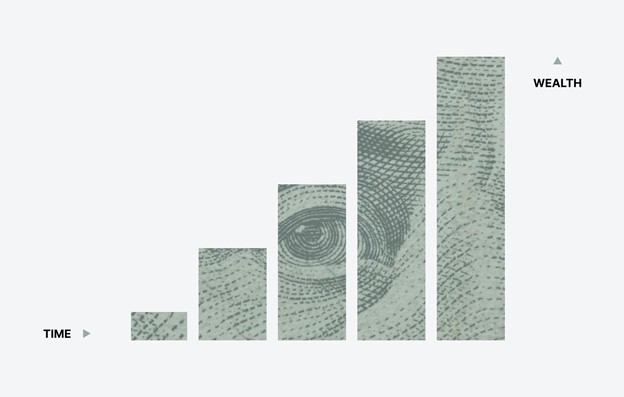Plots of virtual land are being sold at staggering prices; some Next Earth NFTs in Vatican City have gone up as much as 42,000% in one month. These are not pieces of art or rare wines or antiques – these are pieces of digital real estate on a blockchain.
In Next Earth, a tile (or a one-hundred square meter plot) in the Vatican City sells for over 42 BUSD, while Monaco sells for over 14 BUSD per tile, and Macao sells for around 4 BUSD per tile. Intriguingly, the famous Arc de Triomphe was originally purchased for around 100 BUSD, and re-sold for 3,400 BUSD on the first day of the launch of the Next Earth NFT marketplace.
But what does this astronomical increase in value mean for users looking to buy into virtual real estate? What role does scarcity play in driving up prices, and how can buyers determine if an investment opportunity is here to stay?
The answer goes back to something central to economics 101: supply and demand. People are willing to pay large sums for virtual real estate, creating what looks like an opportunity for early movers who know where the demand lies.
Supply and Demand in the Metaverse
The supply of virtual land is currently limited, while demand is exploding. The term “metaverse” was coined by Neal Stephenson in his 1992 sci-fi novel Snow Crash. It refers to a virtual existence that exists independent of the real world.
Besides Next Earth, examples include Second Life and Minecraft, which are both owned by video game companies. There are many other metaverses in development as well. When NFTs go mainstream, users will be able to truly own pieces of metaverses—so the demand for virtual land will only grow further.
Given that these metaverses have yet to become popular outside of tech circles, there haven’t been many ways for everyday people to buy NFTs. With the launch of Next Earth’s new NFT marketplace, however, this is about to change.
Scarcity Drives Up the Value of NFTs
Virtual land scarcity, coupled with the ability to own real estate in an entirely virtual world, has created a market for blockchain-based real estate that few would have predicted just one year ago.
Naturally, there is fierce competition among landowners over parcels of virtual land. The result has been some spectacular price increases—especially in the virtual equivalents of the likes of Vatican City, Macao, and Monaco.
Why do people pay so much for digital real estate? Because it’s scarce! There are only a finite amount of tiles available. And while most virtual tiles won’t be built out (that is, turned into virtual buildings or resource-generating assets), these tiles will still determine who gets to live in Next Earth’s metaverse and participate in its activities.
What to Look for When Buying NFTs
With non-fungible tokens, it’s important to understand how they are competing with their traditional counterparts—such as real estate and gaming—and whether or not they have what it takes to succeed.
Real estate is still one of the most popular ways for people to invest, despite the nation’s current housing shortage and rapidly appreciating assets like urban apartments. Why? Real estate has high fixed costs but low marginal costs, which means that when a property is renovated or added onto, those expenses do not increase as much as those incurred by other sectors.
In the virtual metaverse, real estate is owned for other reasons: Users want self-custody of assets in the digital realm, and claim stake to something they’re interested in, whether it’s their hometown or a famous monument.
One innovative company that became an unlikely success story was Second Life developer Linden Lab after it capitalized on advances in technology by creating a more engaging virtual world through avatars.
Today, projects like Next Earth are taking the idea of virtual land to the next level with NFTs, which enables users to truly own virtual property on a replica of Earth for the first time.
Photo by Morgan Housel on Unsplash
